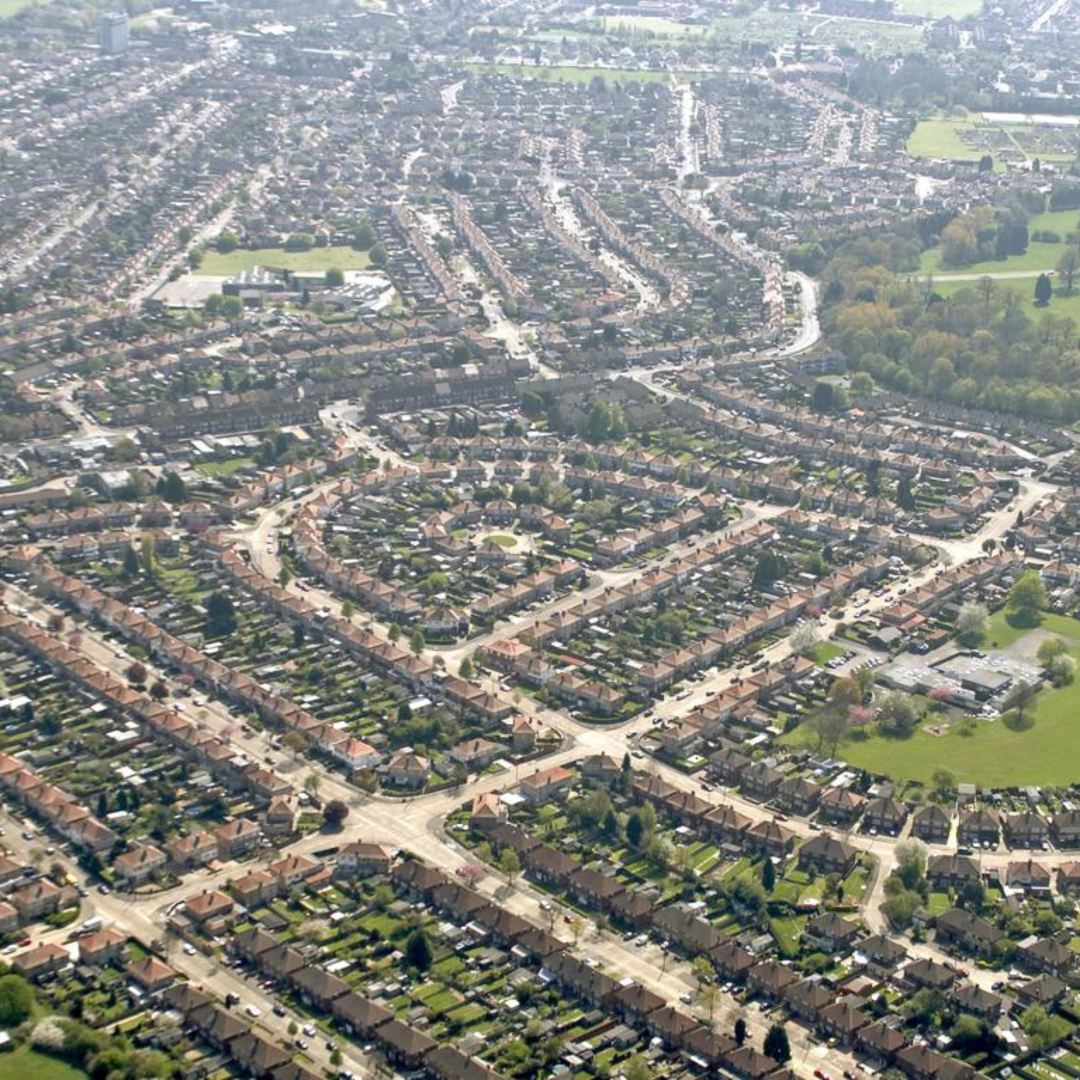A Strategy Worth Waiting For
By Vikki Slade, Associate Director
It seems fitting that the Net Zero Strategy was published almost exactly a year after the Government’s ten-point plan for the Green Industrial Revolution as the contents are strikingly similar. Far from being disappointing it is reassuring to see this build on those key areas. Responses that once seemed radical now form the bedrock of where we need to go to achieve Net Zero whilst maintaining our modern way of life.
The forward of the strategy, unsurprisingly called Build Back Greener, is written in the Prime Ministers characteristic style but get past that and the document builds into a well-considered, detailed manuscript that lays out clearly and consistently the systemic changes needed to deliver Net Zero.
Running to over 300 pages, the strategy acknowledges from the start that, as a key architect of the Industrial Revolution, we have a responsibility to lead the way in building the green industrial revolution. It notes that while we are responsible for less than 1% of global emissions, our role is key if the big emitters are going to follow suit.
The strategy offers something for everyone covering homes, transport, industry, energy, skills, waste, agriculture, engagement, and collaboration but it doesn’t promise a perfect future. In some areas it rolls back on commitments; for example, the planned requirement for gas boilers which was expected for 2035 is now merely an ‘ambition’ and the expectation that new private tenancies would only be allowed where a home has an Energy Performance Certificate rated C or above has been pushed back from 2025 to 2028.
The widely publicised grants for heat pumps will help a few homes, and there is more detail about reducing the cost for everyone to parity with gas boilers by 2030, but there is precious little about how those whose homes are not compatible with air source heat pumps will fare. A commitment for a trial ‘hydrogen village’ and the development of heat network zones hints at other options but it’s possible that this might just be too big a problem to respond to right now.
That’s not to say the document doesn’t have some interesting new thinking – those of us who are partial to a hairshirt and sandals will be delighted to learn more about the impact of REEE – Resource Efficiency and Energy Efficiency – in reducing overall emissions. These include the right to repair for appliances and frameworks to reduce the use of virgin materials for components as well as demand side measures like improved labelling and shared or rental schemes.
Shared use in transport – through car clubs, bikes, and scooters – have received considerable coverage over the last year or so, becoming entangled with other controversial elements of the transport strategy. There is no getting away from it, transport is key to delivering Net Zero – from active travel and EV cars right through to Jet Zero. What is encouraging in this strategy is the recognition that the move to electric powered vehicles requires a whole system approach – as well as the vehicles themselves the grid capacity, use of street furniture and commercial charging facilities are key to success.
The document says a lot about the changing role of industry, the reskilling of the workforce from heavy industry towards low carbon alternatives and the wider climate education of both young people and, interestingly, civil servants. For the first time, I sense a real commitment to a green thread running through decision making.
The strategy makes clear that we need to make some policy decisions that move us closer to Net Zero despite feeling as if they take us further away. One such example is a commitment to replace old gas pipelines with new plastic ones in the short term, which has the potential to reduce the overall use of gas by minimizing leaks – recognizing that there are still several decades when gas will play its part in our energy matrix.
This document is successful in knitting together the role of Government, business, community, and the individual. It acknowledges that public acceptability of decisions is key, that trust in the decision makers needs to be built quickly and that consumers need to feel that they have made the positive choice to help the planet. The approach is most definitely one of capitalism and makes regular reference to innovative financial arrangements and business led initiatives. There is no doubt that this is a Conservative approach to sustainability, but reassuringly it repeats a commitment to protect the vulnerable and to improve the social, physical, and mental wellbeing of communities.
COP26 is now just days away, and this strategy could serve as a shot across the bows for other nations to respond to. The need for collaboration, for sharing best practice and supporting those who are progressing more slowly has never been greater. The annual progress plans referenced in the strategy will be key; the actions that follow our presidency of COP26 will have a bigger impact than the words spoken in advance but if this strategy is followed, there is real hope for our ability to reach net zero regardless of how the rest of the world responds in Glasgow.








